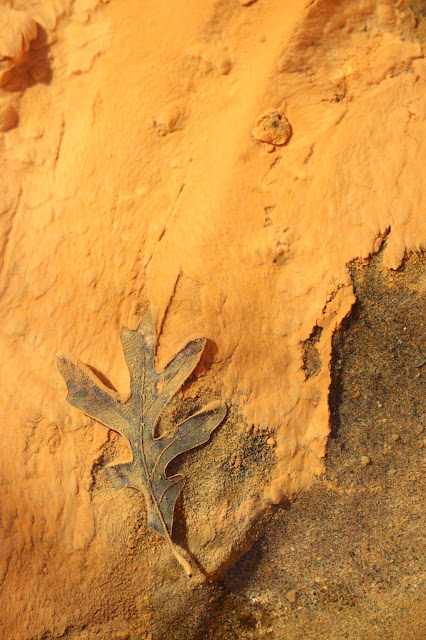Fakin' It
Did you know?
Although fake fossils are something that all fossil buyers need to be aware of, reproductions sold as reproductions are a vital part of the fossil-loving community. Most museum displays are reproductions rather than actual fossil material. Why?
*Fossils are heavy. It is much easier to mount resin reproductions, especially the ones hanging from ceilings.
*Fossils are fragile. Reproductions can be placed where actual bones would not survive, like the humid reptile house at Reptile Gardens in South Dakota.
*You can't examine a mounted skeleton under a microscope. The reproductions allow museums to study the actual fossil material while the public still gets to see what they look like.
*More people can enjoy them. There's only one Haddy the Hadrosaurus and he lives at the Academy of Natural Sciences in Philadelphia. However, reproductions of Haddy allow people all over the world to see the first mostly-complete dinosaur ever found. What's more, individuals can afford to buy reproductions of smaller specimens, learn from them, and share them with others in a home, classroom or wherever.
To these ends, fossil reproduction is an art form that has developed over nearly two centuries.
On display in the photo is a reproduction of Archelon ischyros, the largest turtle that ever lived. This one is at Reptile Gardens in Rapid City, SD, but the actual skeleton, found about 40 miles from Reptile Gardens, was sold to the National Natural History Museum in Vienna, Austria, where it resides today.
Although fake fossils are something that all fossil buyers need to be aware of, reproductions sold as reproductions are a vital part of the fossil-loving community. Most museum displays are reproductions rather than actual fossil material. Why?
*Fossils are heavy. It is much easier to mount resin reproductions, especially the ones hanging from ceilings.
*Fossils are fragile. Reproductions can be placed where actual bones would not survive, like the humid reptile house at Reptile Gardens in South Dakota.
*You can't examine a mounted skeleton under a microscope. The reproductions allow museums to study the actual fossil material while the public still gets to see what they look like.
*More people can enjoy them. There's only one Haddy the Hadrosaurus and he lives at the Academy of Natural Sciences in Philadelphia. However, reproductions of Haddy allow people all over the world to see the first mostly-complete dinosaur ever found. What's more, individuals can afford to buy reproductions of smaller specimens, learn from them, and share them with others in a home, classroom or wherever.
To these ends, fossil reproduction is an art form that has developed over nearly two centuries.
On display in the photo is a reproduction of Archelon ischyros, the largest turtle that ever lived. This one is at Reptile Gardens in Rapid City, SD, but the actual skeleton, found about 40 miles from Reptile Gardens, was sold to the National Natural History Museum in Vienna, Austria, where it resides today.



Comments
Post a Comment